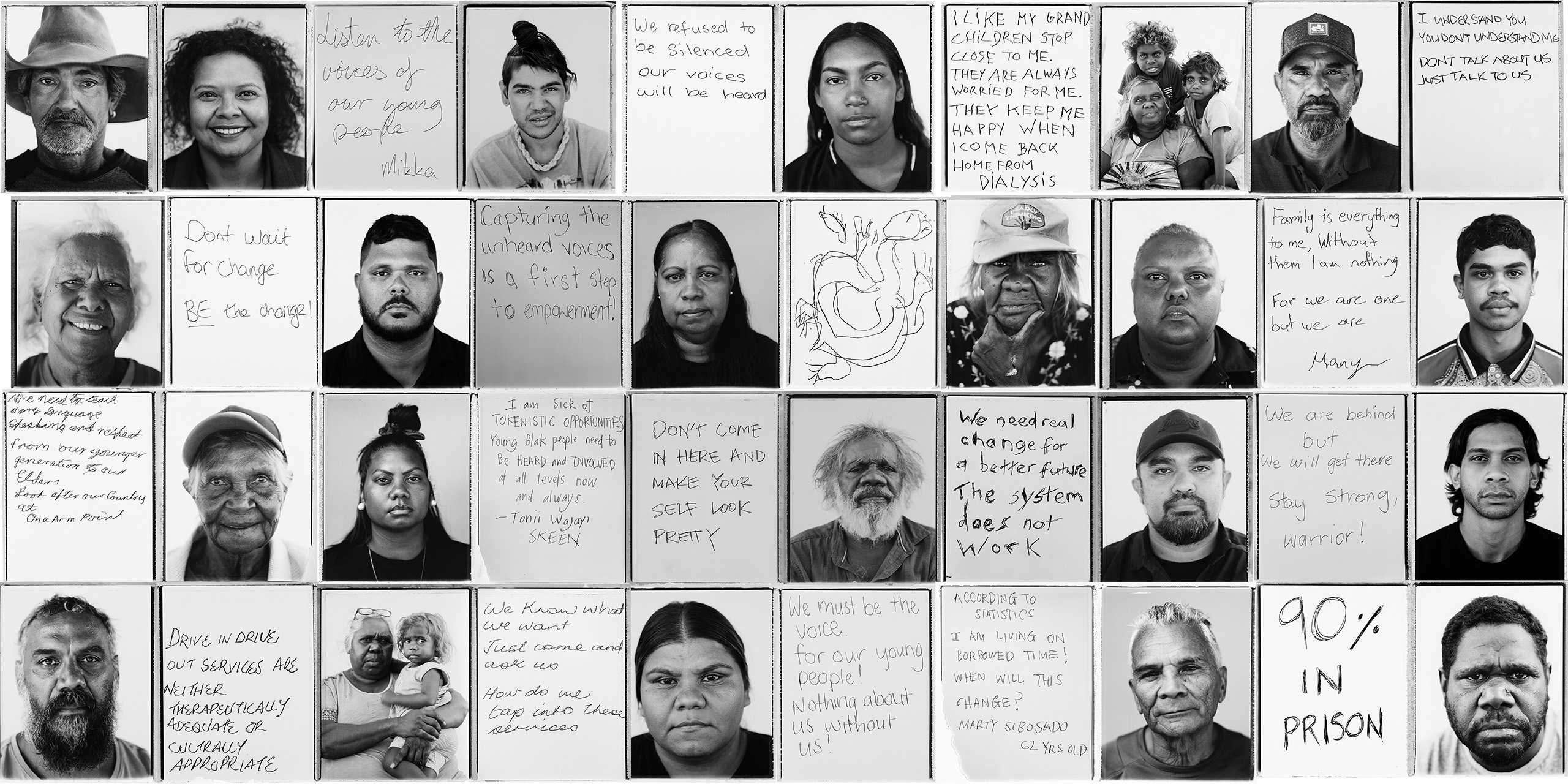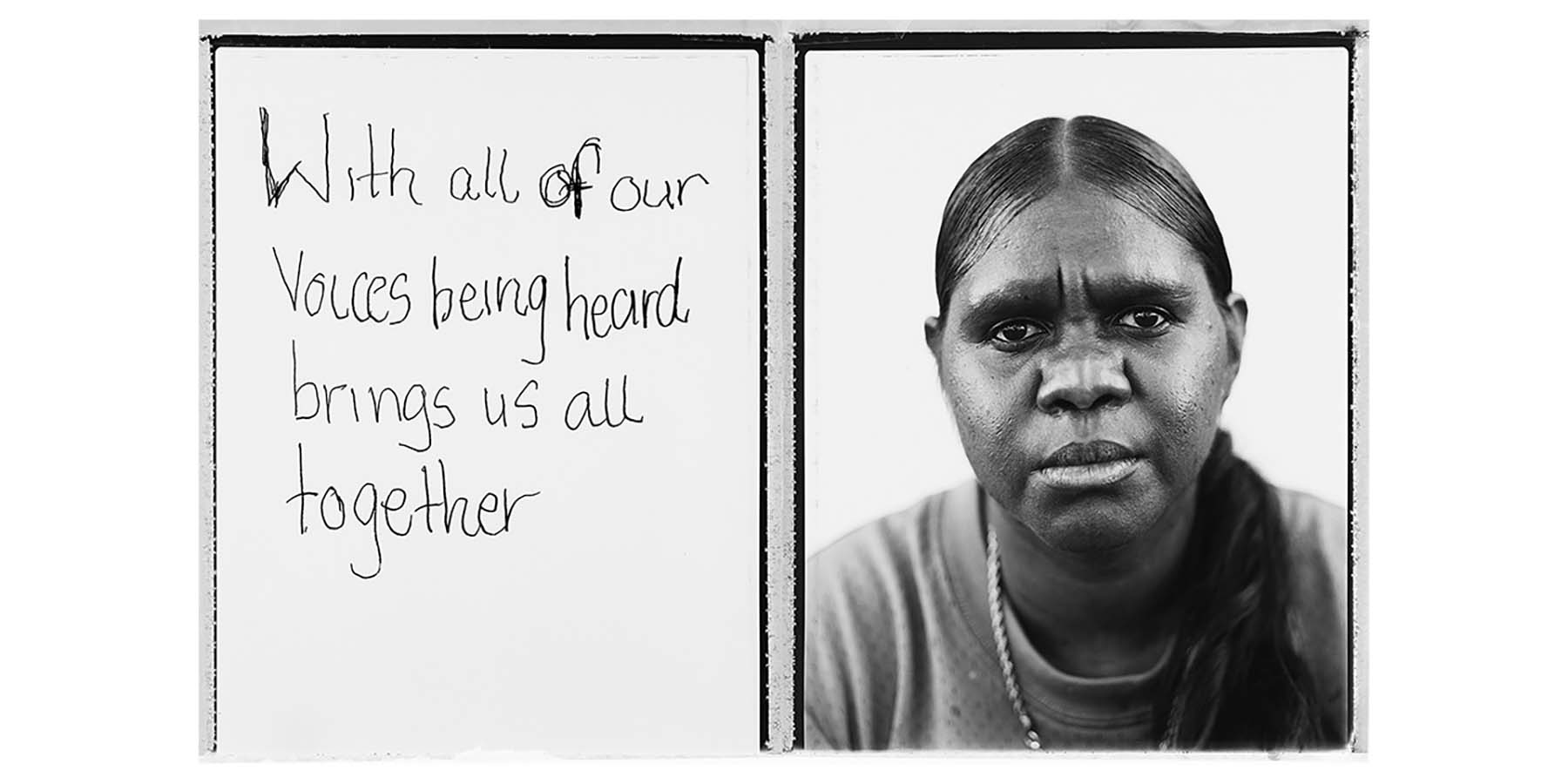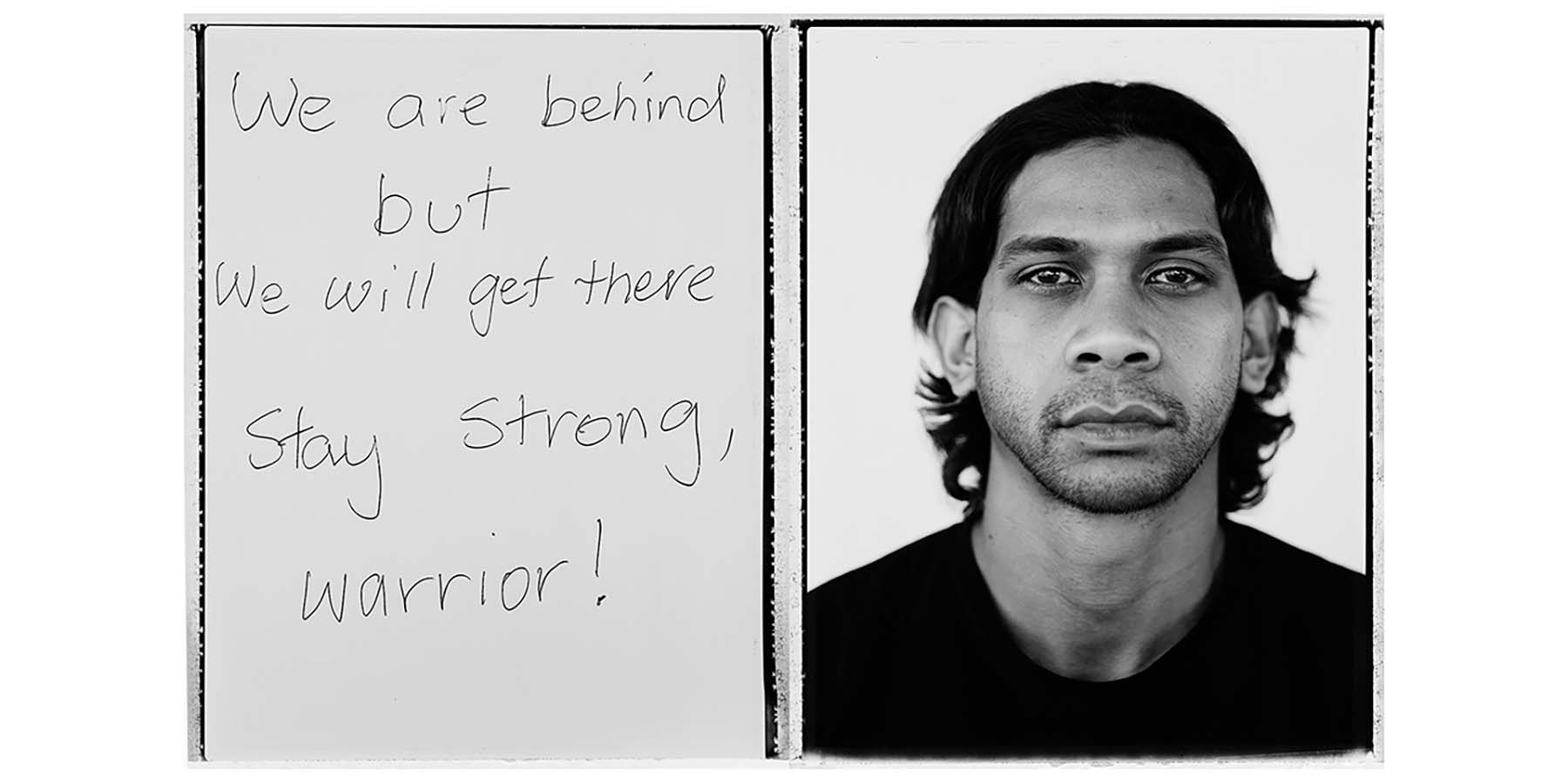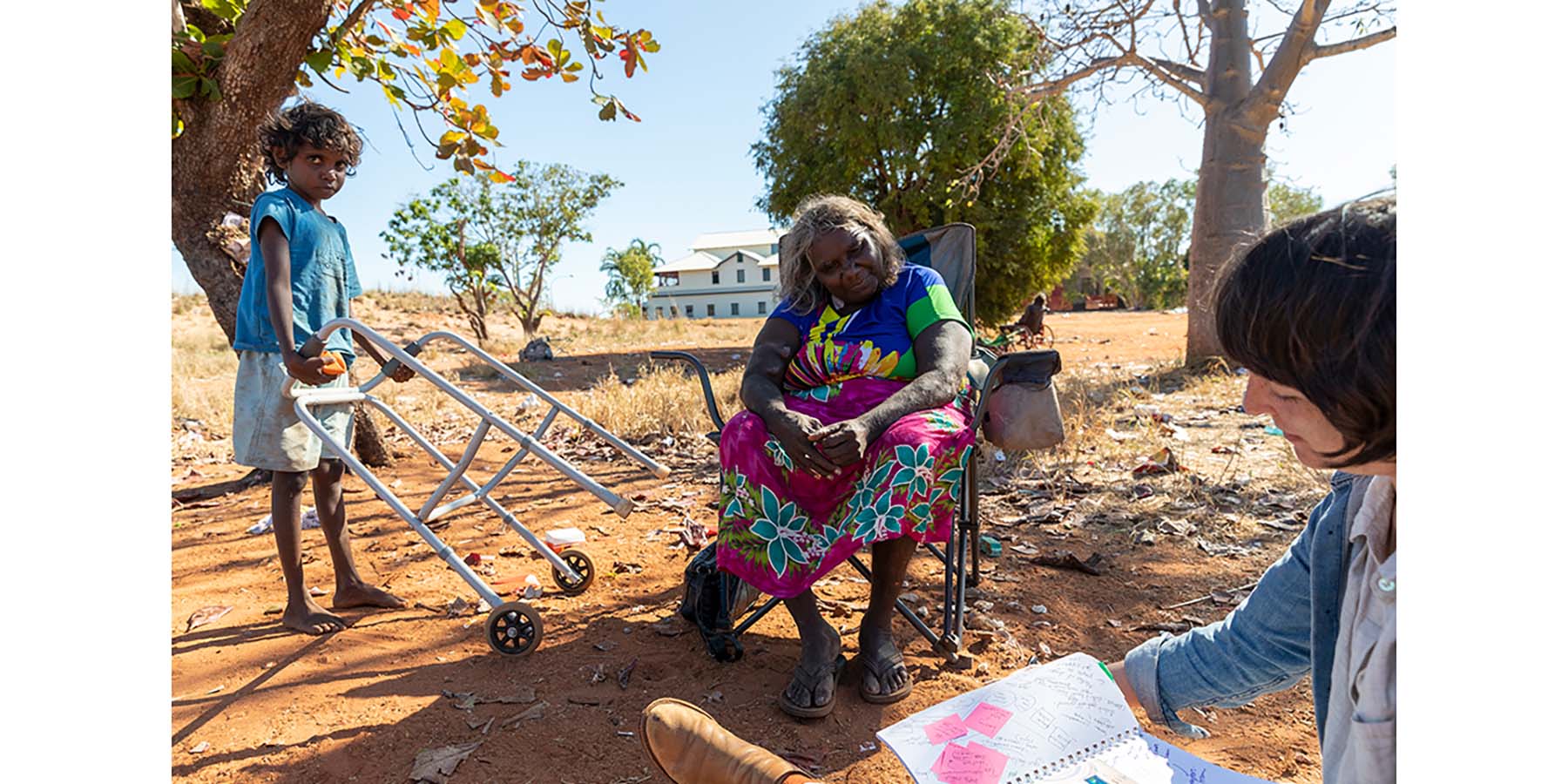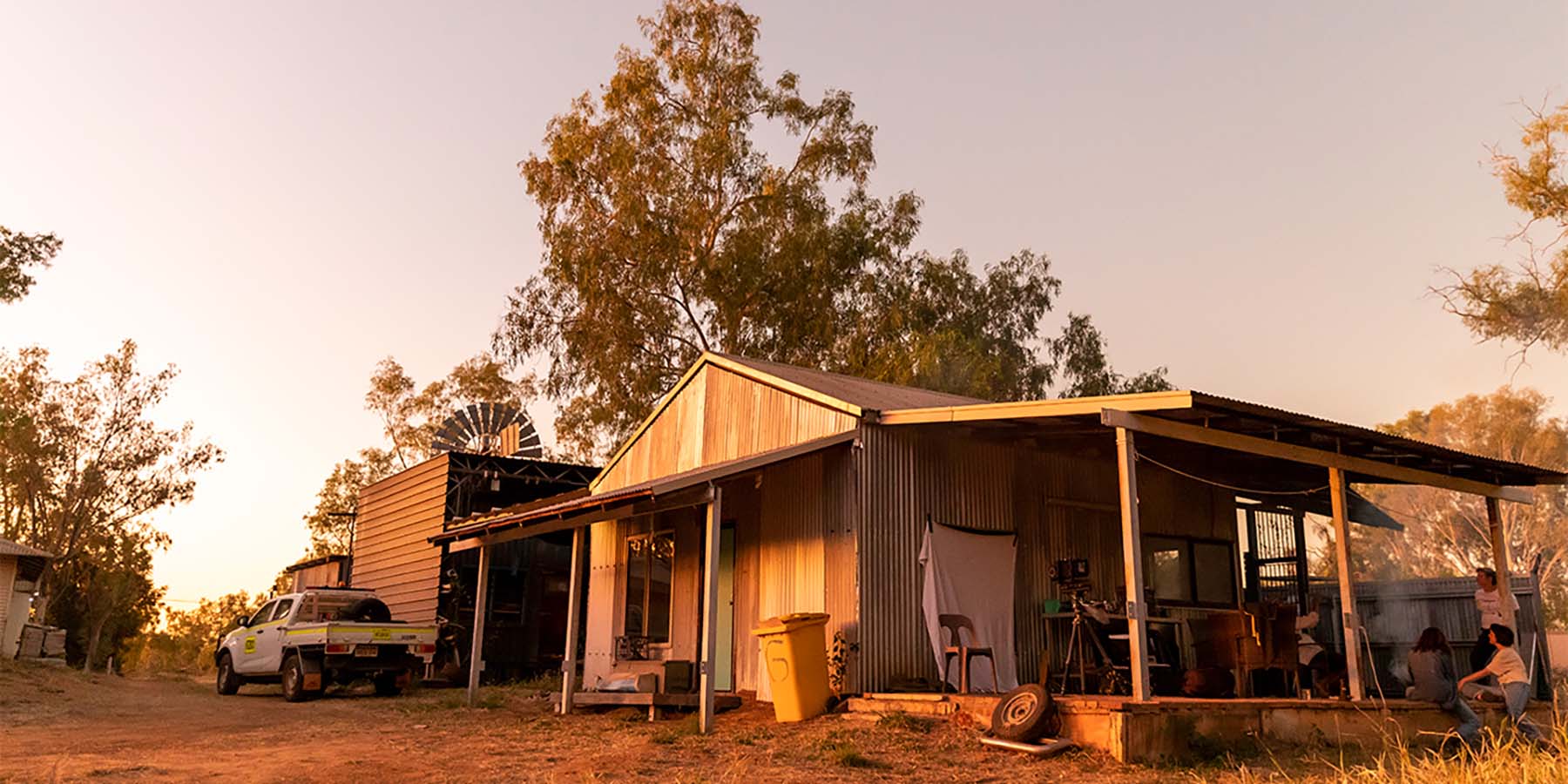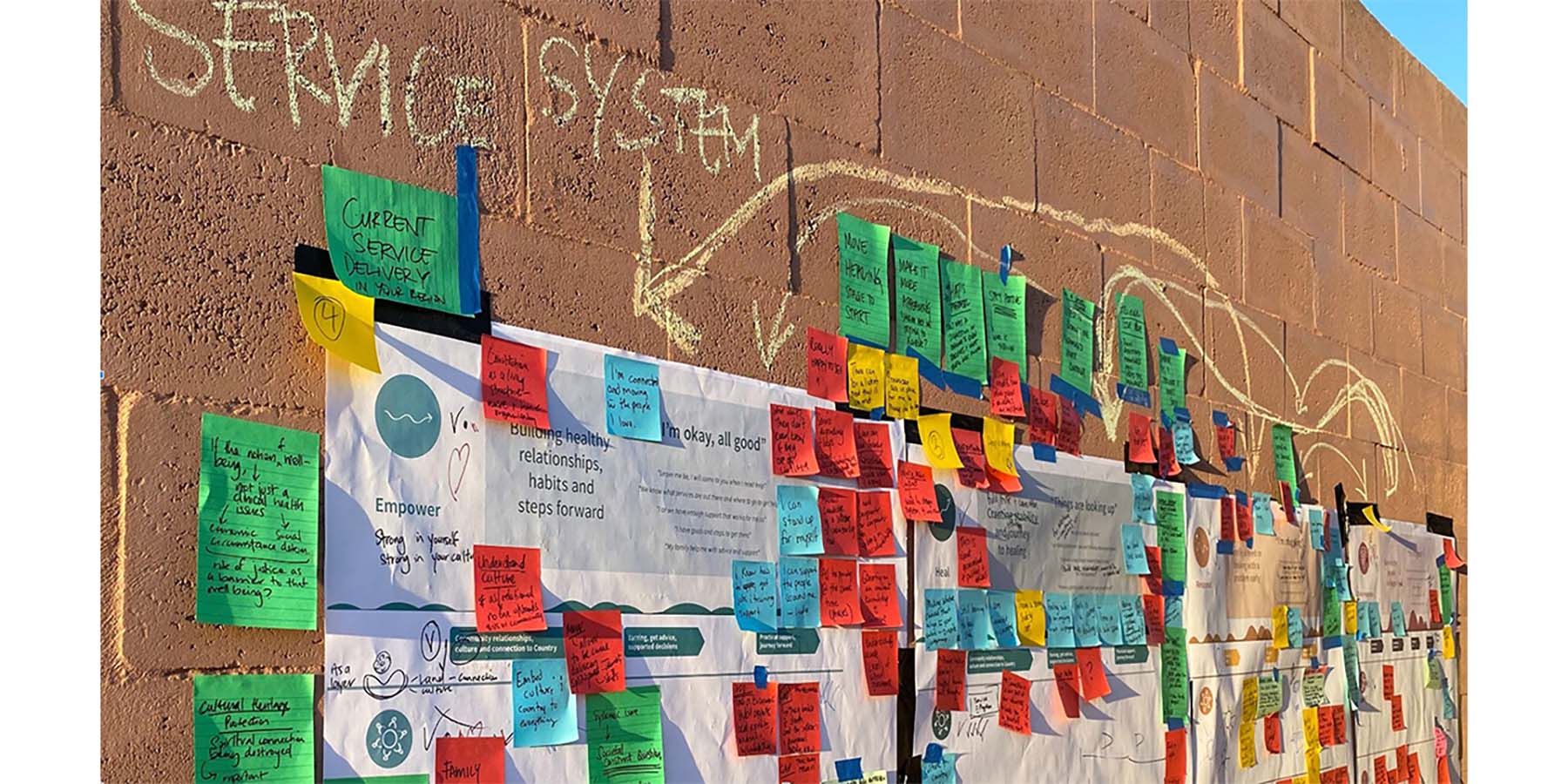And Projects utilised a unique and demonstrated systems design methodology to tackle the large system complexity, and led by how people experience services day to day. This approach means that we engage and connect service providers, organisations and communities around a shared community led framework and co-created definitions of sustainable wellbeing outcomes. This forms a prioritised implementation approach that can be used by anyone.
1/ Participatory design + iterative design cycles - Working together with the community at every stage.
Validating value proposition > Journey mapping individual experiences > Developing and feeding back insights
> Building the draft framework > Building user scenarios for the tool > Developing and refining the framework
> Developing gaps, barriers, strengths, enablers > Validating the maps > Refining the maps > Capability building with local teams
> Adopting the maps > launch and feedback > 3 months testing and further feedback and iteration
2/ Engagement approach
A deep critique informed this process (outlined in the Research + Engagement Guide) of consulting practice, white fella ways, indigenous methods of dialogue, trauma informed design, spatial rebalancing of power, fieldwork techniques, systems research methodology. A significant amount of time was spent conducing fieldwork research in the Kimberley at multiple stages in the project, this time was extended twice as was being seen locally as valuable.
3/ Genuine partnership with client and stakeholders to ensure long term outcomes are adopted and the work continues after the consultant leaves.
"What was different about working with And Projects - it was a true partnership'
'Exceeded our expectations...this work forms the foundation of our next generational fight (the last being Native Title)
- Commissioned Tobias Titz to take and give polaroid portraits of participants to form 70 voices to ensure we provided immediate value back to the participants.
- The project was delivered in scope and in budget for a considerably large piece of work within a short timeline.

